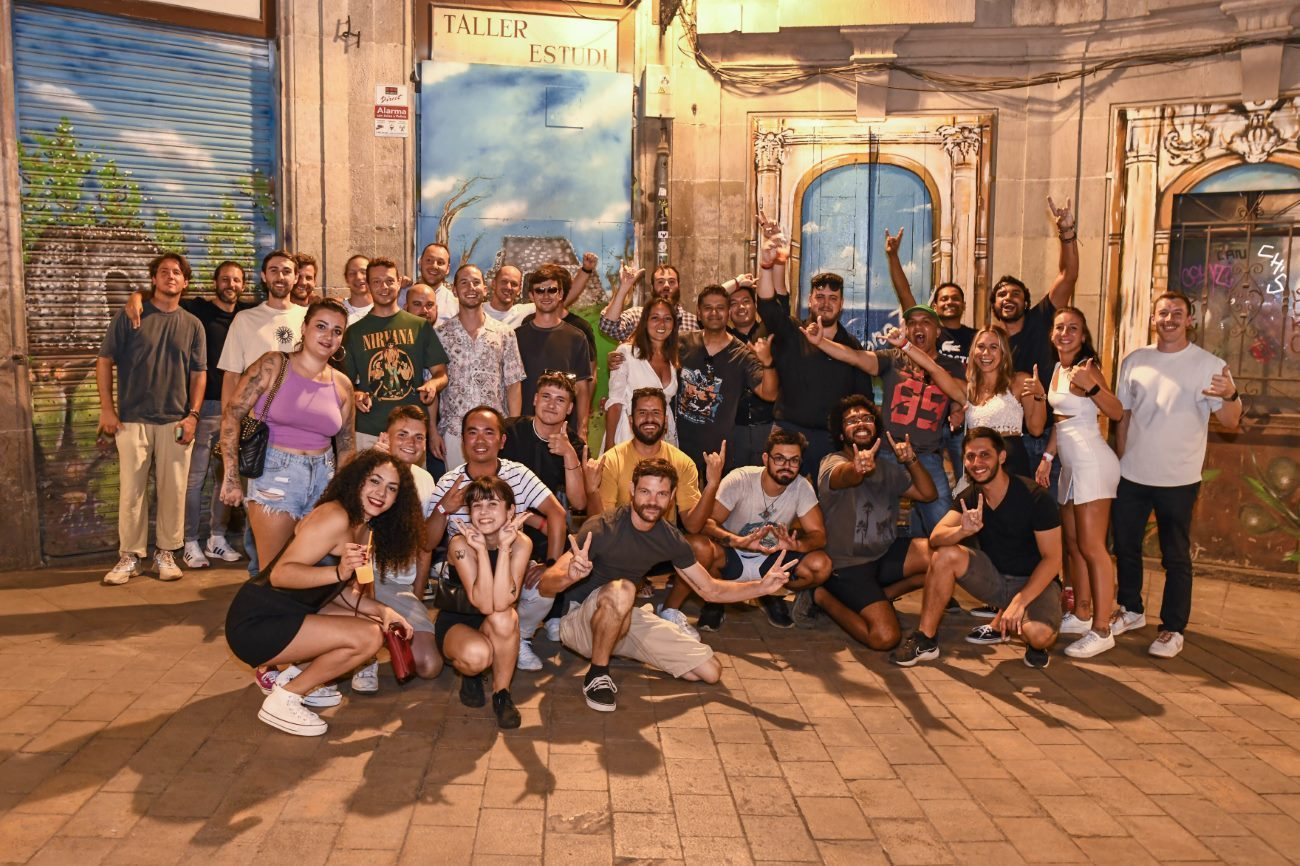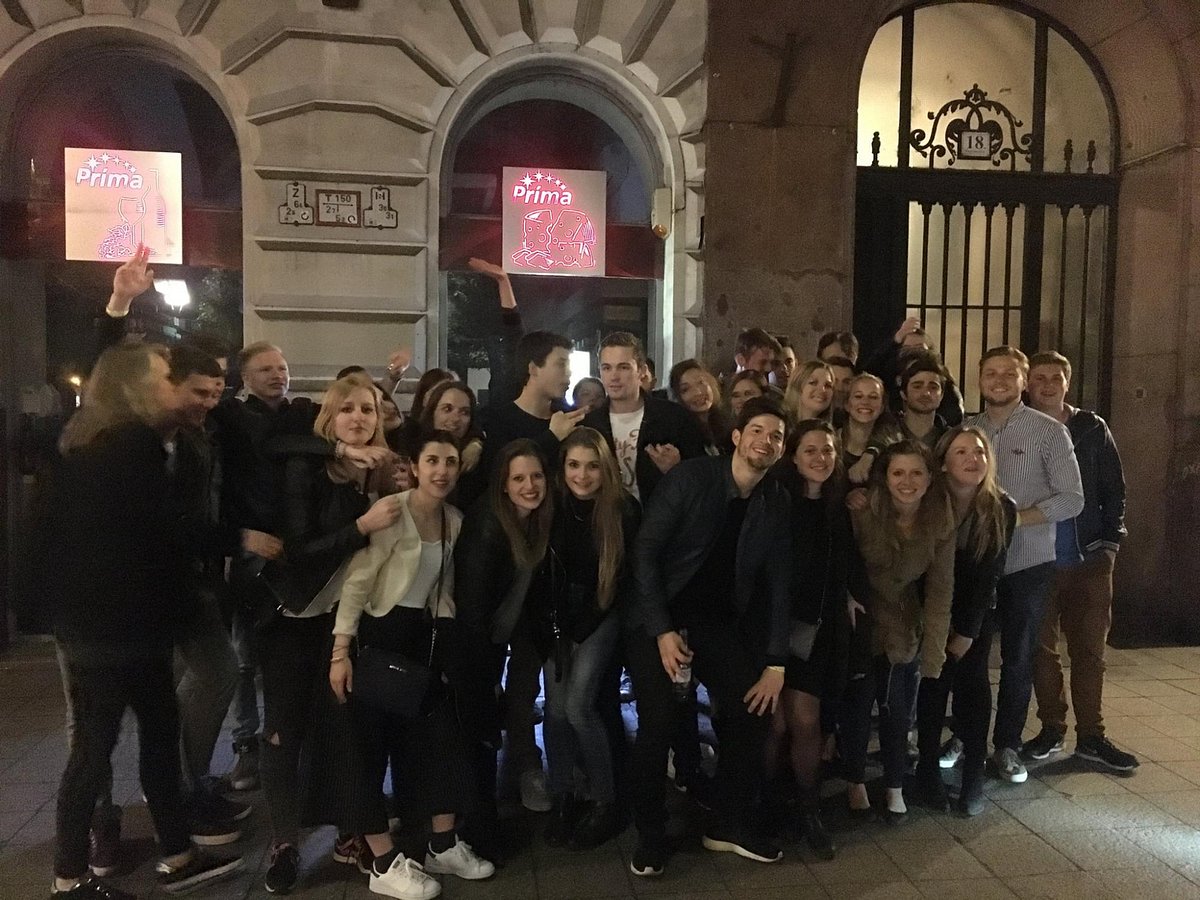A city in the Netherlands that everyone might know about is the Red Light District in Amsterdam which is capital of the country. This area, de Wallen, has come to be associated with windows of buildings brightly lighted with signs of prostitution. You have probably heard, read or watched something about it but have you ever thought about how it got its name ‘Red Light District’? It is about time we find out more about the background or background of such a name.
The Origin of the Name
The name “Red Light District” can be dated back to 14th century. In the past long sea-traveling sailors would be coming ashore in Amsterdam in search of enjoying their selves as well as feminine company. To help them identify the brothels in the city the sailors had to look for a red lantern or light outside the establishment since they would be easily visible at night.
Red Lanterns as a Symbol
Red lanterns were used to advertise prostitution services because they were HO. These were placed outside windows or doors of brothel to show that the house is operating and ready to receive customers. At some point, the term “Red Light District” was formed and became popular all over the world.
The Emergence of the Decline of the Red Light District
Despite being based historically there has been a lot of changes in the Exploration of Sex Industry especially the Red Light District. Today it embrace not only the brothels but also other establishments relating to the adult entertainment like sex shops, peep shows, coffee shops and museums.
Regulation and Legalization
Prostitution has been legal in the Netherlands since 1830 and the area containing most of the prostitution businesses is controlled. It’s important to note that the government sets quite a number of rules and standards in order to protect sex workers. This has reduced exploitation and unlawful dealings as related to the business.
Examining tourism and cultural relevance as a major category of Southern Blacks.
Today, Red Light District is one of the main Amsterdam’s sites that attracting millions of tourists every year. This is considered an exotic form of city tour and perceive the sexual freedoms of its inhabitants as one of the characteristics of the city. Nevertheless, the viewer should come to this neighborhood with more understanding of the situations and circumstances the sex workers have to face.
Challenges and Controversies
As already mentioned, the Red Light District has its unique tradition, legal permission, and of course,constraints and vices. , critics of the area assert that the place perpetuates the backward treatment of women and creates a risky ambiance for the libido professions. Some people think that it just helps people who decide to work in it and provides a more controlled and safer option. These debates go on to the present days that are still influencing the further development of Red Light District.
Conclusion
Probability is, the origin of the name Red Light District in Amsterdam goes back to several centuries when red lamps or lanterns were used to indicate a bordello. Eventually the word became identified with the area and with prostitution. Today it has become quite legal and relatively well known trademark in and around Amsterdam’s tourism sector. Some people come here out of nothing but curiosity and some for the vibes that the area brings, whichever side you may be on, it is crucial to respect the people working in the area.





